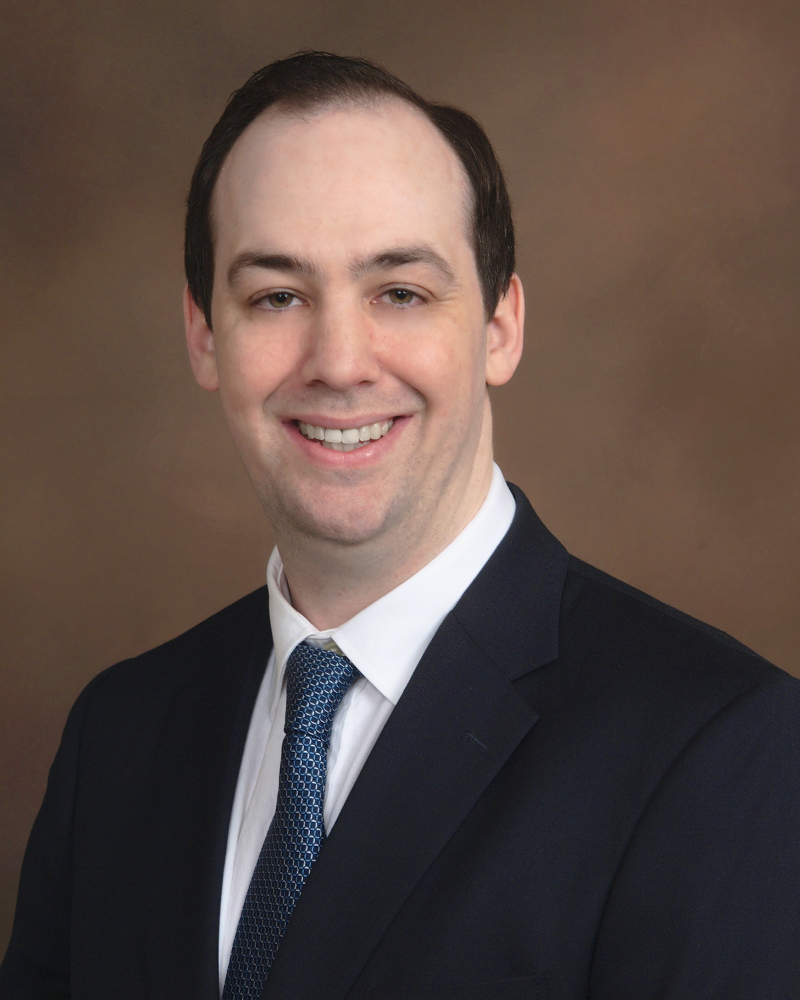What We Can Learn From Maryland’s Work on Opioid Abuse
Written by Brian Garst, Posted in Health Care, Welfare & Entitlements, The Courts, Criminal Justice & Tort
Coauthor(s): Andrew F. Quinlan
Originally published in Herald-Mail
Lawmakers at the state and national levels are scrambling to find answers to the growing problem of opioid abuse. Overdose deaths involving opioids increased by 200 percent between 2000 and 2014, and opioids are now a factor in almost two-thirds of all fatal drug overdoses. With overdoses now surpassing deaths from car accidents, firearms and suicides, opioid abuse is a serious public health problem.
President Donald Trump recently signed an executive order to tackle opioid addiction and abuse—creating the President’s Commission on Combating Drug Addiction and the Opioid Crisis. The Commission is charged with identifying existing programs to combat drug addiction and evaluating their effectiveness, assessing the availability of drug addiction treatment services and reporting on best practices for addiction prevention, among other things. It has 90 days to report its interim recommendations.
Many states are already working to solve the problem in their communities. Their work should inform the President’s Commission. In “Evaluating Public Policy Responses to Opioid Abuse and Maryland’s Proposed and Existing Initiatives,” a new policy study from the Maryland Public Policy Institute, we looked at Maryland’s current and proposed responses to opioid abuse and whether they can or should be adopted elsewhere.
Like the President, Maryland Governor Larry Hogan moved quickly after his election to establish a task force to tackle opioid abuse. More recently, he declared a state of emergency and promised to commit $50 million over five years to enforcement. prevention and treatment. He has also pushed several pieces of legislation as part of the 2017 Heroin and Opioid Prevention, Treatment, and Enforcement Initiative.
Overall, we find that Maryland’s approach is likely to produce mixed results.
We find that efforts to limit access to opioids can have negative unintended consequences. Since some patients who become addicted to opioids are first exposed while undergoing treatment for painful conditions, it may be tempting to seek to restrict access to much-needed medications. Yet doing so just makes it harder for those with medical needs to get treatment, while ultimately failing to have a major impact on abuse.
Abusers will simply turn to the black market for access while law-abiding patients suffer. Unfortunately, as part of his initiative, Governor Hogan proposed the Prescriber Limits Act, which would prevent more than seven days’ worth of opioid painkillers from being prescribed during a patient’s first visit.
Another proposed bill, the Distribution of Opioids Resulting in Death Act, would enact new felony charges for selling opioids that result in the death of a user. Yet responsibility is often difficult to determine given the high percentage of overdoses that involve a mix of drugs. The history of our nation’s war on drugs further demonstrates that this bill would do a great job at filling prisons—with all the economic and social costs that entails—while ultimately doing little to reduce drug abuse or illegal sales.
To really fix the problem, addiction itself must be tackled. On that front, Maryland has demonstrated a better record, as the state has sought to expand the number of physicians qualified to prescribe buprenorphine, which is used to treat addiction, and has directed considerable financial resources toward addiction treatment.
We also find that solutions may reside in policy areas where lawmakers might not always think to look. For instance, Maryland’s Pharmacy and Therapy Committee replaced Suboxone Film, a form of buprenorphine that has proven easy to smuggle in prisons and highly susceptible to abuse, with the more efficient Zubsolv tablets on the Medicaid preferred drug list.
In just six months after the change, the Department of Public Safety and Correctional Services reported significant declines in Suboxone Film contraband, which it identified as “by far the most prevalent form of contraband found in Maryland State Correctional Facilities.” Zubsolv’s greater efficiency makes it less attractive to abusers since it uses less of the active ingredient to achieve the same results.
This simple change has quickly started paying dividends in Maryland, and would be easy to replicate in other jurisdictions. At the same time, lawmakers should recognize that addiction is a powerful motivator and that those who suffer from it will not easily be deterred from finding a fix. Placing costly, heavy-handed controls on access to needed painkillers will only hurt those who need relief from chronic or severe pain.
 I serve as Vice President of the Center for Freedom and Prosperity, a non-profit think tank dedicated to preserving tax competition and free markets. This site features my personal views, which are not reflective of CF&P.
I serve as Vice President of the Center for Freedom and Prosperity, a non-profit think tank dedicated to preserving tax competition and free markets. This site features my personal views, which are not reflective of CF&P.